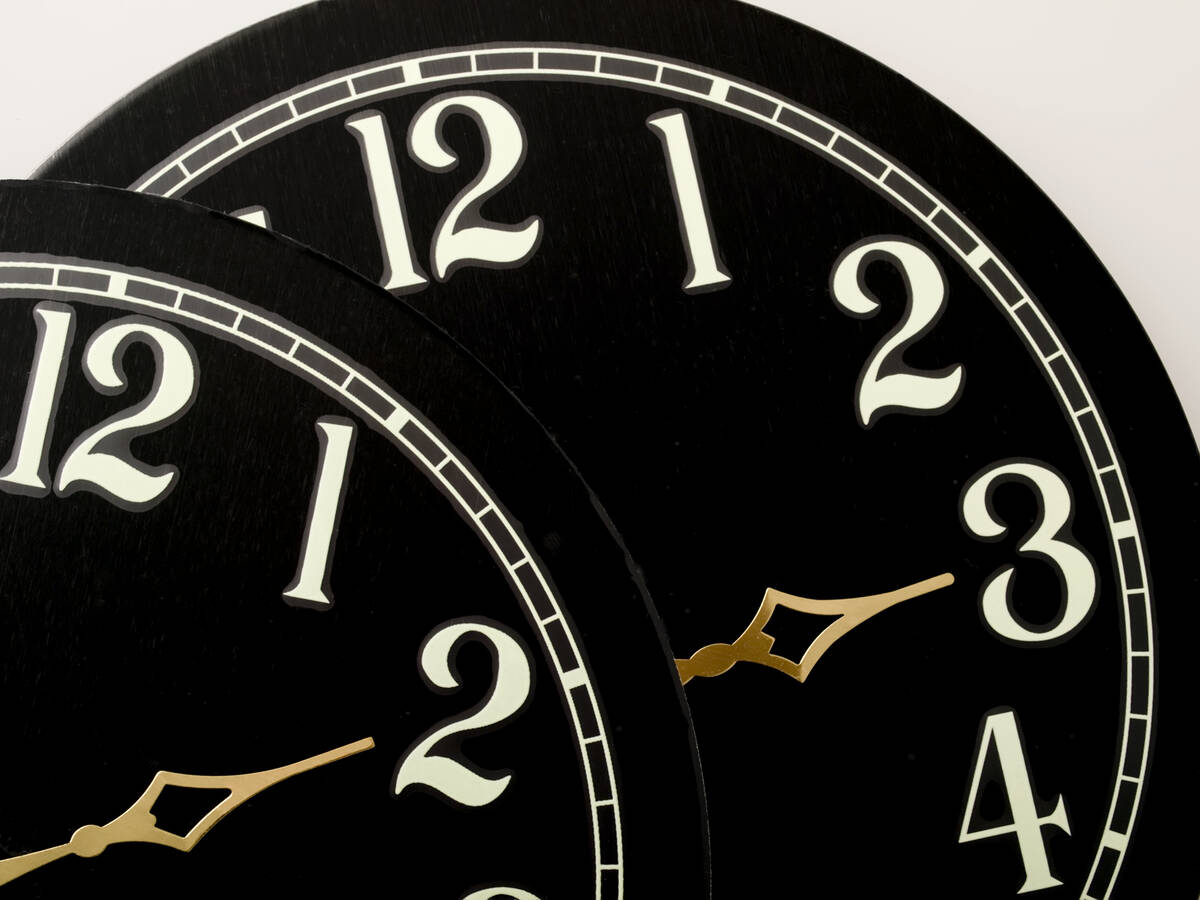NEVADA VIEWS: Sleepwalking through class
In April, the Nevada State Board of Education held working groups across the state to invite parents, students and community members to “explore the topic of high school start times.” In the meeting in Las Vegas — at which about two dozen people attended (including a few students) — board President Felicia Ortiz shared that the panel is discussing “possible regulations to implement later start times for high school.” This conversation is long overdue.
The Clark County School District is the only district among the nation’s 20 largest in which high schools start at 7 a.m. Adopting later start times for high school students could help improve academic outcomes, mental health and even public safety.
High school students are tired. Each day, you can find many of us stealing a few winks at our desks, under tables, on floors and in our cars. The phenomenon of students falling asleep in high school is so widespread that students at some schools launched “Sleepyhead” Instagram pages that featured hundreds of students asleep.
This is not surprising. The early start times at the district run counter to volumes of research and expert opinion.
The National Sleep Foundation, American Academy of Pediatrics and the American Academy of Sleep Medicine recommend that kids ages 13 to 18 need about eight to 10 hours of sleep to “maintain their physical health, emotional well-being, and school performance.” Unfortunately, the 2019 Nevada High School Youth Risk Behavior Survey report found that fewer than 22 percent of Nevada youth ages 13 to 18 reached eight or more hours of sleep a night. In Clark County, less than 20 percent of youth had eight or more hours of sleep a night, which is lower than the national average of 27 percent.
A lack of adequate sleep leads to learning and memory difficulties and decreased attention. It is also associated with poor academic performance. How can school officials expect students to maintain their grades and learn material if they are not allowing us to get the amount of sleep required to perform? We are not bad students. We are tired!
Research has documented a relationship between later school starting times and better academic outcomes. A 2018 study found that later start times were associated with more sleep, higher grades and decreased absences among low-income students. Another study found that delaying the school start time until 8:30 am was linked to higher attendance and graduation rates.
Better academic outcomes are not the only benefit of pushing back high school start times. Sleep is also critical to our mental health. The effects of sleep deprivation include irritation, exhaustion and fatigue. Not getting enough sleep can affect a student’s ability to cope with even minor stresses – and we know that high school can be a very stressful time. And this may explain why we are seeing an uptick in student behavior and discipline issues. Like all things, this stress can build up and lead to depression and anxiety, in addition to a lack of focus and motivation. The 2019 youth risk behavior survey found that 41 percent of Nevada youth reported feeling sad or hopeless. This was an increase from 35 percent in 2017. At time same time, the number of Nevada youth getting more than eight hours of sleep declined.
In 2019, California passed a bill requiring that high schools begin no earlier than 8:30 a.m. In 2020, Utah passed a resolution that “encourages school districts and charter schools to consider the possible benefits and consequences of a later start to the school day for high schools.” In 2022, the Philadelphia district changed its bell schedule to a 9 a.m. start time.
During the State Board of Education workshop, participants identified several big challenges to a switch, including transportation schedules, the lack of bus drivers, teacher contract hours, day care needs, after-school activities, etc. Students shared that we would like options so that those of us who want to go to school early can. While the challenges are real, we need to remember that these obstacles are not unique to this district. Other large districts have found a way to address the challenges: Forty percent of the top 20 biggest school districts start high school between 8 a.m. and 9:10 a.m., and 65 percent of the top 20 biggest districts start high school at 7:30 a.m. or later.
School board leaders noted that there are lots of details to work out. But decision-makers owe it to students, their mental health and their success to consider moving back high school start times.
Oni Boulware is a junior at Rancho High School and a Nevada youth legislator representing Senate District 2.




























